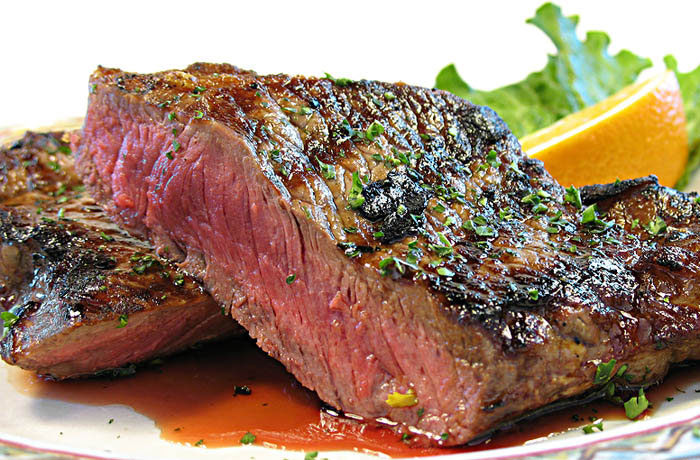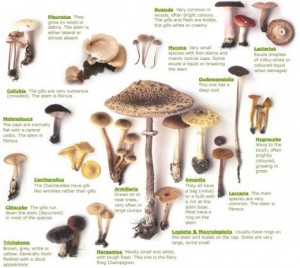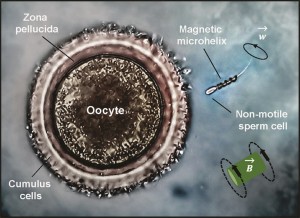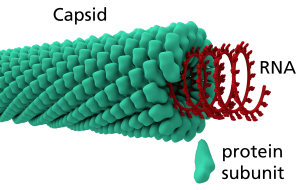Veganism is growing rapidly amongst the current generation, whether perpetuated by scientific reasoning or simply through social media. Do we truly know what to believe anymore or which diets are the best for us? One popular belief that has upset many meat-lovers is that the consumption of red meat increases the risk of cardiovascular disease (CVD). The main reason is the reaction between a component of the red meat and natural bacteria found in our stomachs.
L-carnitine is an amino acid found naturally in the human body and is also abundant in all the delicious red meats that we eat such as lamb, beef and pork. On its own, L-carnitine helps the body produce energy by facilitating heart and brain functions, as well as muscle movement. However, this study shows that when the digested amino acid is broken down by the natural bacteria in our stomachs, a harmful chemical compound called trimethylamine N-oxide (TMAO) is produced.
TMAO found in blood was shown to result in atherosclerosis, more commonly known as ‘clogged arteries’. Immune cells that exist in the arteries build up cholesterol more significantly in the presence of TMAO. In addition, the study showed that arteries that were exposed to more L-carnitine became more efficient at producing TMAO. Based on their experiments, vegans and vegetarians who were less exposed to the amino acid were shown to convert at a much slower pace.

So what does this mean for all the meat-eaters? Is this enough evidence to prove that we should completely stop indulging in these sinful dishes? Perhaps turn vegan? An underlying issue is how frequently we consume red meat. Studies have enough support to show that people who eat more red meat have higher risks of CVD, however, the actual amount of consumption to warrant these consequences is still unclear. Just like with any other unhealthy foods, finding a balanced diet will help you avoid problems. Moderation is key!
- Siriwat Chhem, January 18th 2016











